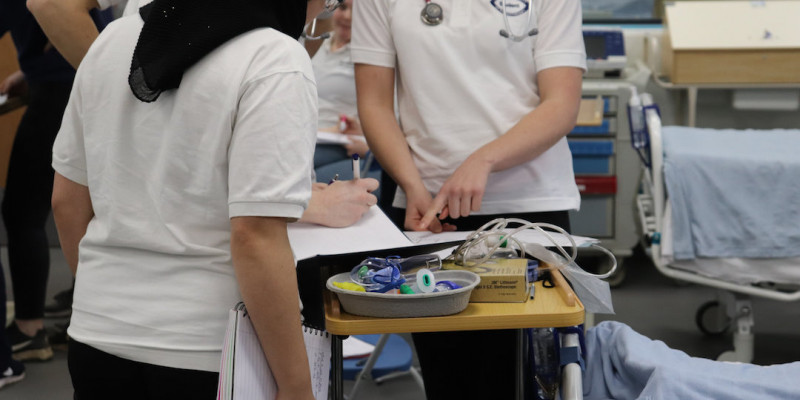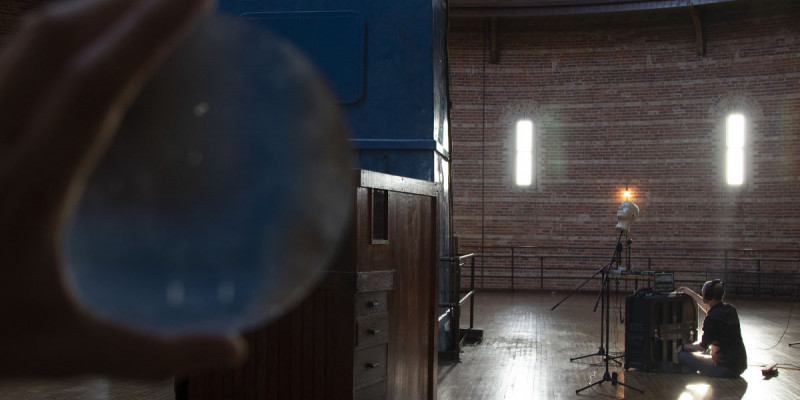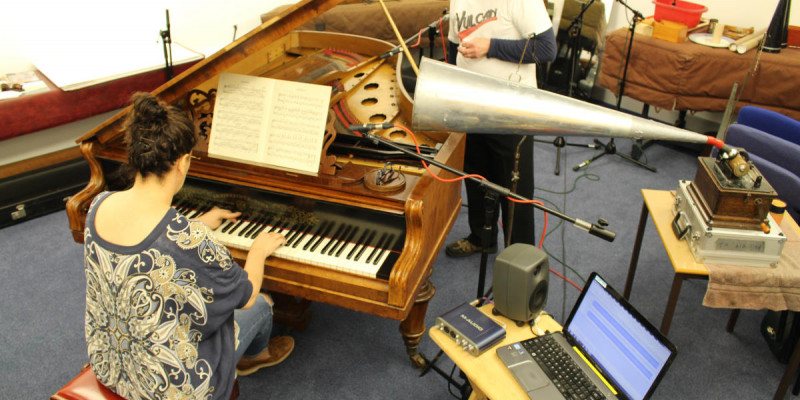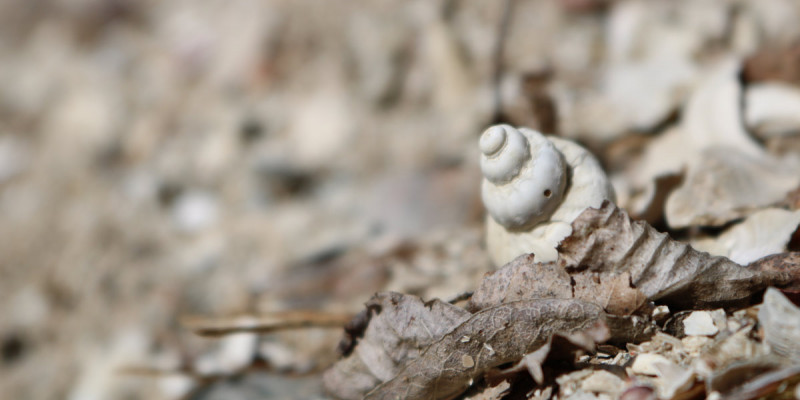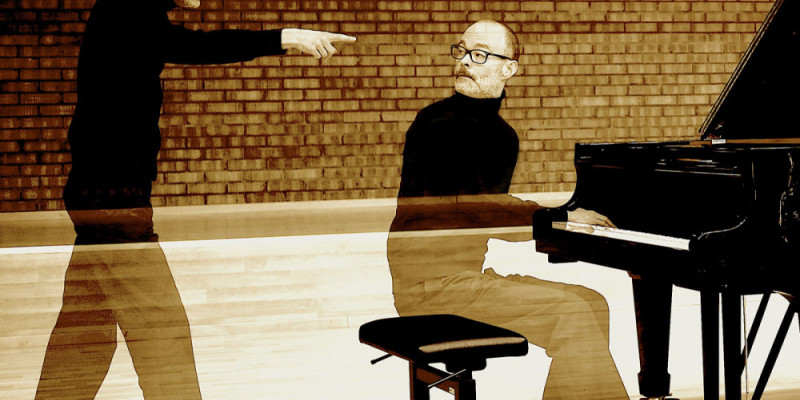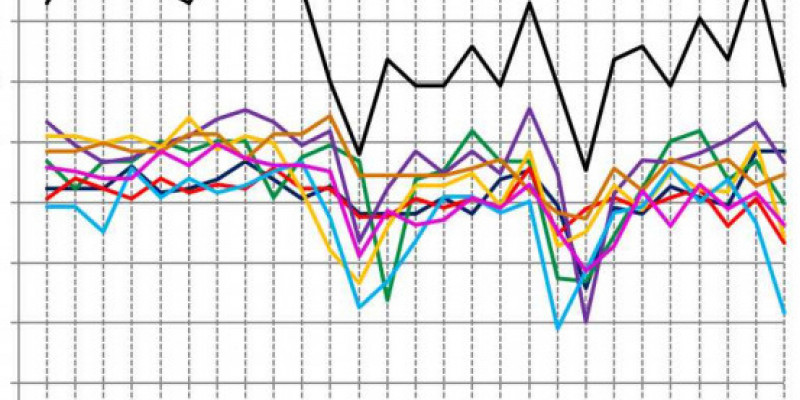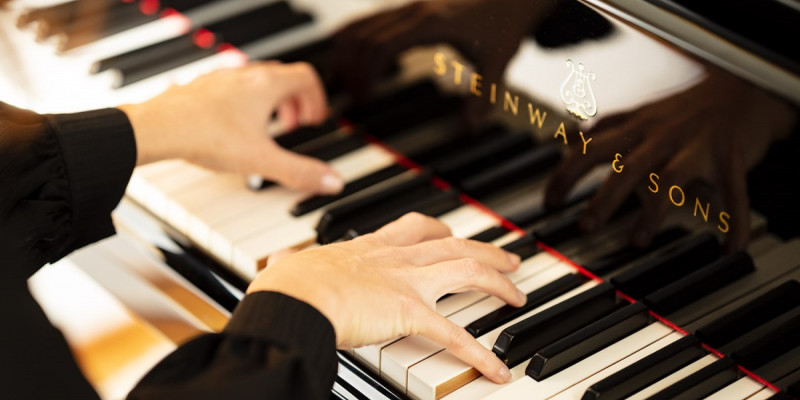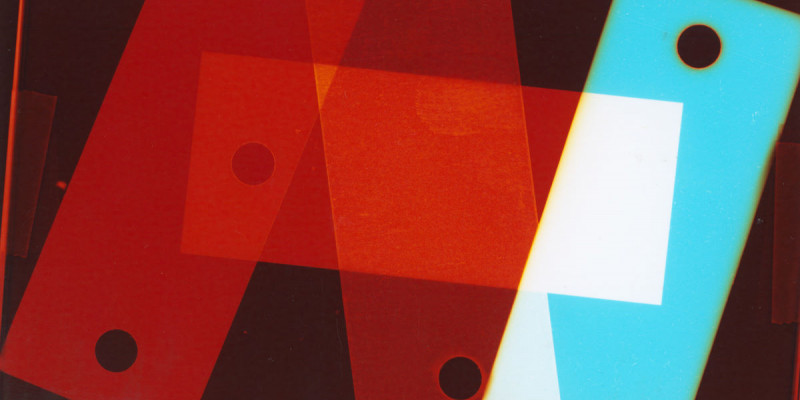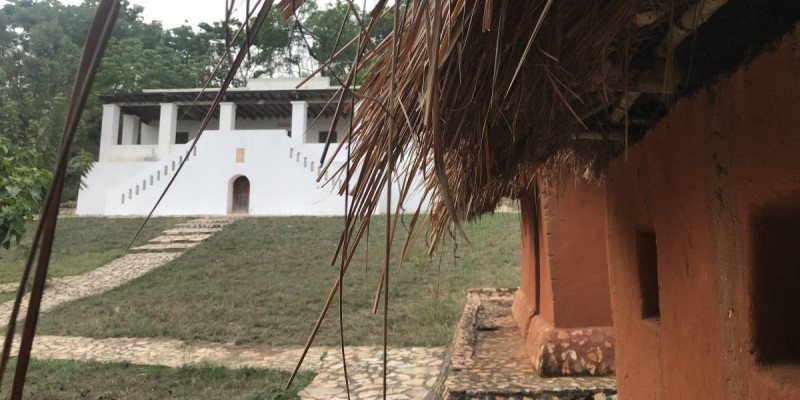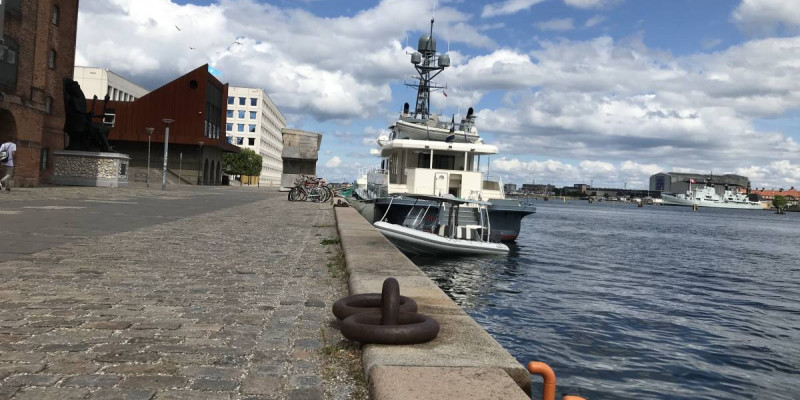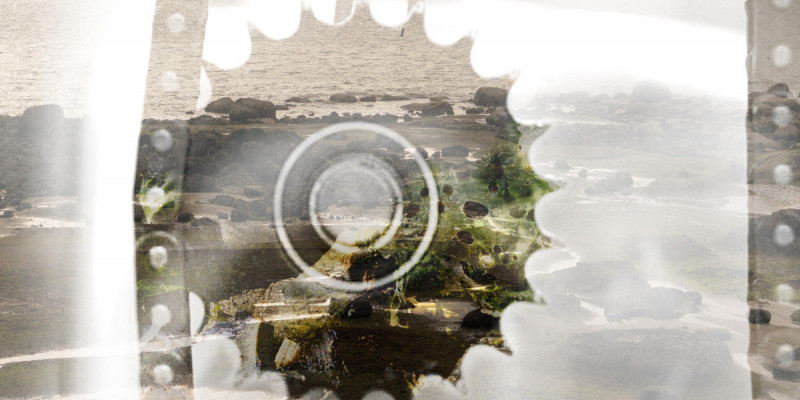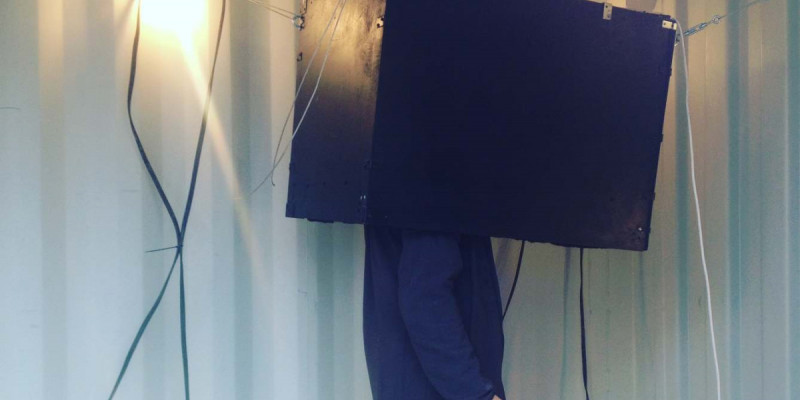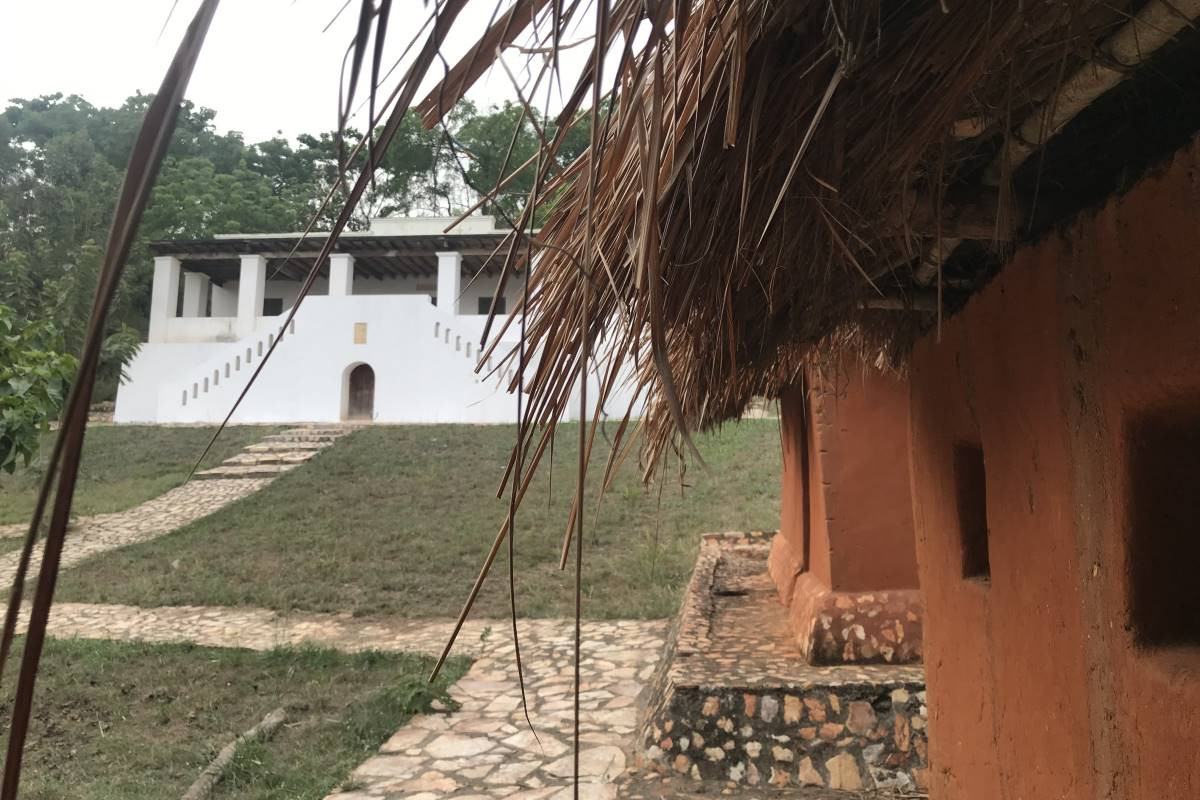
History as composition
In this audio paper we bring together, in the shape of a montage, conversations taking place at two cultural heritage sites pertaining to the global, networked space of colonialism: the Danish West-Indian warehouse in Denmark and the rebuilt Frederiksgave Plantation in Ghana1. We weave together narratives from these two geographically distant yet intimately linked locations in order to explore how relationality to sites of historical significance unfolds not just as a detached relation to textually documented historiography but as a sensual and affective meeting, on site and in sound, through the body (Massumi 2002).
As we let the actors in the shape of interlocutors, ambiences and media speak for themselves in the audio paper, we here provide a short listener’s guide to the field of investigation to which we want to contribute. We propose an exploration of the two cultural heritage sites as ‘boundary objects’ following Star and Griesemer (1989), and therefore document how various actors are involved in and cooperate around a common project, such as the establishment and maintenance of cultural sites of trans-national historical significance, despite having different and often conflicting interests.
Through conversations with actors at the two locations it becomes apparent how the Danish state both invests and disinvests in its geographically dispersed cultural heritage. By juxtaposing the sites, we grasp how they are in a sort of paradoxical relation to each other in terms of narrative investment: The Frederiksgave Plantation ruin in collaboration with the Danish National Museum (Nationalmuseet)2 while the warehouse in Copenhagen, currently hosting the Royal Cast Collection as well as being the CEO room of the Danish West-Indian Company was, at the time of recording, for sale by the state.
Lars Jensen (2018) touches critically upon the sensitive role of restoration efforts in the former colonies, which he considers a continual restaging of colonial relations. With reference to Frederiksgave he states: “Here is a mutually beneficial project which both satisfies a Danish need to reveal its historical globality and secure tourism as a source of income for local Ghanaians – a classic recipe for a neoliberal win-win situation” (p. 139). The same argument of restaging could be used to describe the efforts to save the warehouse in Copenhagen. Yet, despite the humanitarian (or otherwise) reasons for investment from a national point of view, William Nsuiban from the National Museum of Ghana emphasizes in the audio paper how the site actually makes history feel more sensually present and easier to relate to. Perhaps the audio paper can help to lay bare some of the ‘situated truths’ (Haraway 1988) that co-compose these sites?
The montage itself forms part of a broader investigation of how to voice dialogical narratives on colonialism, made possible by digital media, in contrast to the often mono-directional and fixed national/Eurocentric points of view in Western historiography. This is a problem confronted by many decolonial thinkers, prominently so by Walter Mignolo in The Darker Side of Western Modernity. An underlying assumption of the research is that our concept of history is constantly renegotiated, which means that our view of the colonial era is under the direct influence of the changed terms of access to historical sources and archives. We are, as Jacques Derrida argued in Archive Fever, haunted by the past. By the same token, involvement in cultural heritage is important for the development of political discourses today, including our perception of what it means to be part of a national community.
Methodologically, the audio paper is informed by a media archaeological and ecological perspective, drawing inspiration from among others Andreas Fickers and Annie van den Oever (2013) who call for a media-sensitive approach to history when they emphasize the multi-sensorial and media-specific modalities of knowledge formation: “In engaging with the historical artifacts, we aim at stimulating our sensorial appropriation of the past and thereby critically reflecting the (hidden or non-verbalized) tacit knowledge that informs our engagement with media technologies. In doing experimental media archaeology, we want to plead for a hands-on, ears-on, or an integral sensual approach towards media technologies” (p. 273).
Notes
- The first recording, in order of appearance, is a guided tour of the Danish West-Indian warehouse in Copenhagen by curator Henrik Holm, as part of a seminar entitled “Colonial Disappearances in the Art Museum” which took place in October 2019. The second recording is from a field trip visit to Frederiksgave in February 2019. Here the main interlocutors are: William Nsuiban, head of public relations at the Ghana Museums and Monuments Board, the chief of Sesemi, Nii Anum Mumli II, and Anita Adjetey, Cultural Officer at the Ga East Municipal Assembly.
- https://natmus.dk/fileadmin/user_upload/Editor/natmus/forskning/dokumenter/Ghana/Frederiksgave_Plantation_booklet.pdf
